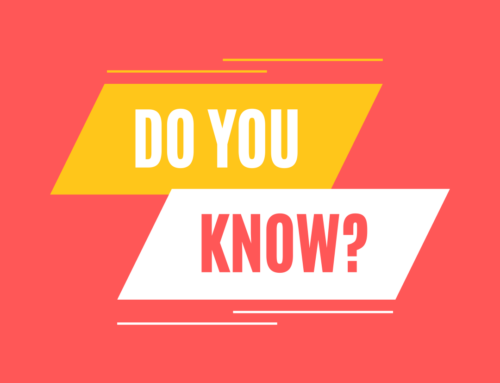
School systems have cleverly developed theme days for students. The theme days create fun and excitement about getting up and going to class via providing something novel to look forward to rather than the humdrum boredom of routine school days. My sons’ school had pajama day, crazy hair day, and, for homecoming, everybody wore school colors. Another special day was “squad day,” during which students selected their squad of friends and all dressed alike. Cheerleaders wore their cheer uniforms, football players wore their jerseys, and random groups of friends wore matching costumes or painted their faces alike. It was a bonding opportunity between students, and it spiced up the school year.
I was studying aha! Process’s hidden rules of poverty while my boys were in high school, and the information regarding the struggles of living in poverty became a topic of conversation in our home. My youngest son (now grown) has always had sensitivity to the plights of others, and while I didn’t think he was listening, he was.
Squad day came around, and my son didn’t dress up, or so I thought. He left for school in a white T-shirt, jeans, and sneakers, but then my son texted me a group picture. He noticed that another student in his class received a five-pack of white T-shirts, two pairs of jeans, and a pair of sneakers at the beginning of every school year. That was all that his family could afford in school clothes every year from fifth grade until high school graduation, and that is all the boy ever wore. My son convinced a dozen other kids to wear white T-shirts, jeans, and sneakers for squad day to make this child in poverty a part of the celebration despite his family’s ability to purchase costumes. He sent me a picture of the entire “squad” dressed alike and holding up the very surprised boy who was not only included but was surrounded with support.
Dr. Ruby Payne’s work not only impacts teachers in the classroom, but when applied, it can shape the next generation. We are not only learning the hidden rules of poverty, but we are modeling this sensitivity for the next generation to implement as well.








